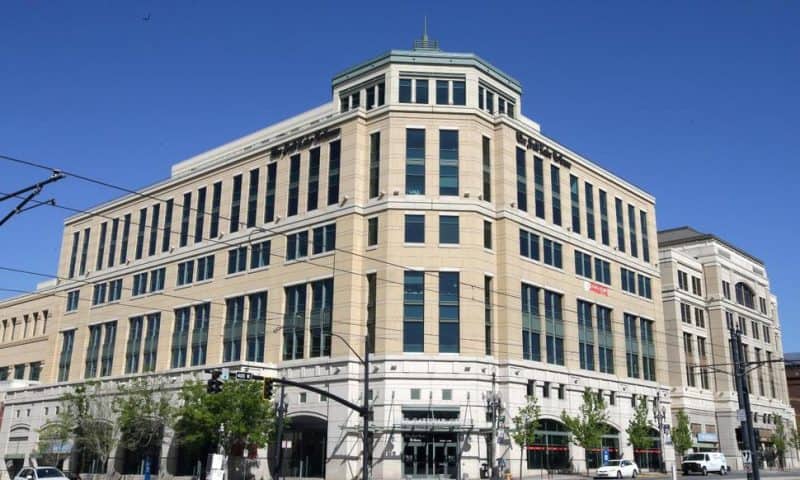The Salt Lake Tribune has announced plans to become a nonprofit as it moves toward a nontraditional model that it hopes will ensure long term stability after years of financial struggles.
SALT LAKE CITY — The Salt Lake Tribune announced plans Wednesday to become a nonprofit as it moves toward a nontraditional model that it hopes will ensure long-term stability after years of financial struggles fueled by declines in advertising and circulation revenues.
The plan for the Utah newspaper that won a Pulitzer Prize in 2017 would be similar to setups at the Philadelphia Inquirer and Tampa Bay Times, which are both are owned by nonprofit foundations.
The Tribune’s wealthy publisher, Paul Huntsman, told the staff Tuesday, and the newspaper published a story Wednesday. Huntsman purchased the newspaper in 2016, leading to a period of increased stability after the newspaper had dealt with staff reductions and feared closure under the previous owner. But one-third of the staff was laid off last year as the financial hardships emerged again.
Jennifer Napier-Pearce, editor of The Salt Lake Tribune, said the current financial is broken with revenue declines looking irreversible.
“You got to try something. If you just let the future wash over you, we’re going to go out of business. So that’s just not acceptable,” Napier-Pearce said. “Print is not dead. But it’s dying, so you’ve got to find some other piece to prop up the stool. That third piece is going to be philanthropy.”
The newspaper plays an important role in the state as the largest independent news outlet. The other large newspaper in the state, the Deseret News, is owned by The Church of Jesus Christ of Latter-day Saints. The majority of the state’s lawmakers and about two-thirds of the state’s residents are member of the faith.
The newspaper requested permission from the Internal Revenue Service to convert from a for-profit business to a nonprofit, Napier Pearce said. Additionally, the Tribune plans to create a separate journalism foundation to support independent journalism in the state, she said. Both are expected to be up and running early 2020.
Napier-Pearce said the newspaper can’t seek donations yet, but that early conversations over the last nine months reveal significant interest locally and nationally to support the model.
Newspaper analyst Ken Doctor predicted the model’s viability will depend on local support in Utah, and it would be greatly aided if the Huntsman family or another wealthy family or community foundation kicked it off with a sizable endowment.
H.F. “Gerry” Lenfest, the owner of the Philadelphia Inquirer, the Philadelphia Daily News and Philly.com, in 2016 turned the company over to a nonprofit institute called the Lenfest Institute for Journalism and gave a $20 million endowment to get it started. That helped the Inquirer, though the newspaper still isn’t bathing in funding, Doctor said.
“There’s not national money for ongoing support of newspapers,” Doctor said. “There’s money for models and experimentation, but there’s not money for ongoing support. That’s got to come locally.”
The setup in Philadelphia has helped the Inquirer double the size of its investigative news team to 14 people, led to investments in new technology and funded a fellowship for digital journalists from diverse backgrounds, said Jim Friedlich, chief executive of the Lenfest Institute.
The institute has doubled the initial $20 million thanks to support from the Knight Foundation, Facebook and Google, among others, he said. The institute supports journalism efforts in Philadelphia and nationally. Huntsman and his team came to visit the institute to learn about their experience, Friedlich said.
“The business of local news has become extremely challenging at precisely the moment when our communities and our democracy need it most,” Friedlich said in a texted statement. “Salt Lake is part of a larger trend. There’s no question that more local news organization owners will seek to convert these important civic assets into community trusts, foundations or non-profits.”
Last year’s layoffs at the Salt Lake Tribune were the fourth round of layoffs since 2011. Napier-Pearce hopes the new model signals a brighter future.
“It means stability, we hope, sustainability for the future,” Napier-Pearce said. “We’ve been around for 150 years. We want to be around for at least that long on the back end.”

